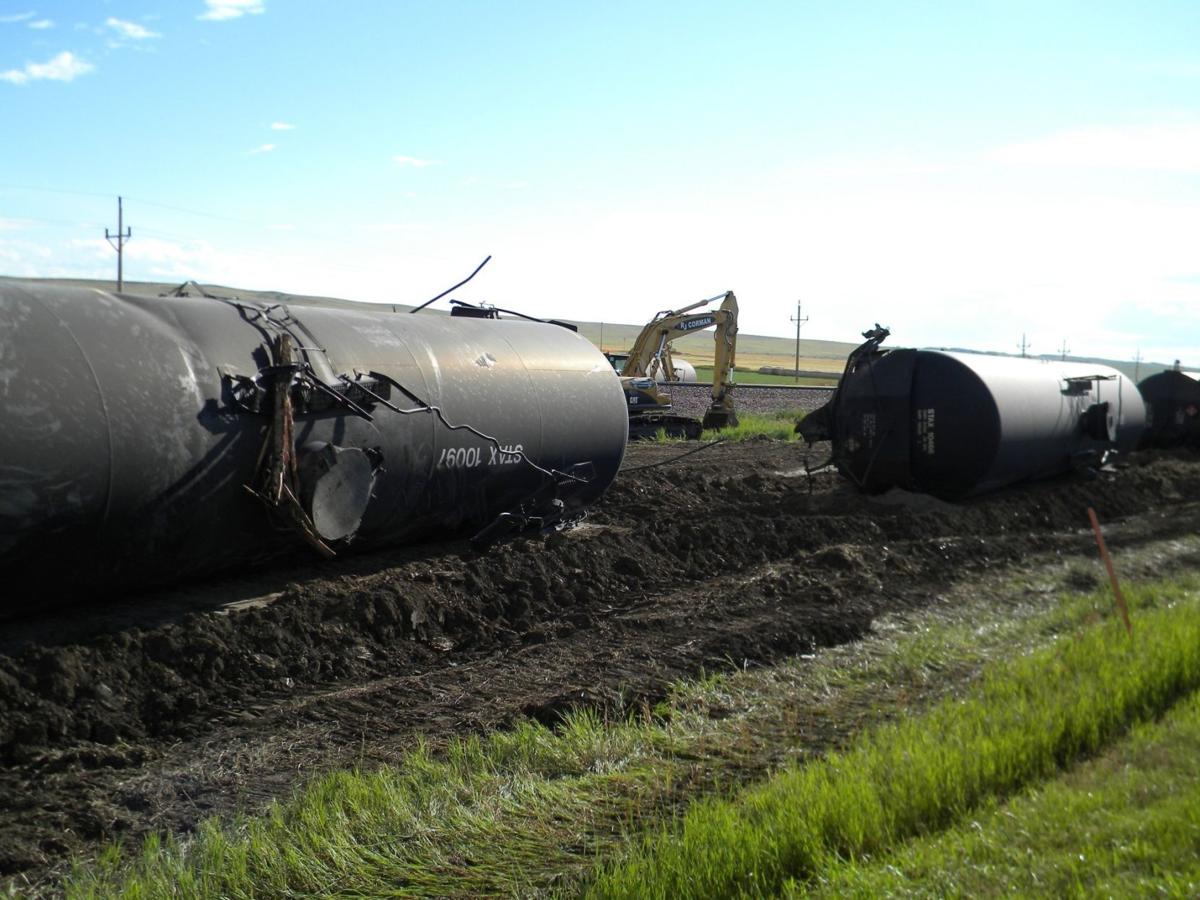Repost from RT News
[Editor: See also WKOW ABC27, updates and photos. Also WKOW ABC27, 100-car unit train, same tracks used by Amtrak. Also Associated Press, for latest updates. Also WISN TV: “Watertown residents allowed to return home after derailment. Train was carrying Bakken crude oil.” – RS]
Evacuation, leak reported as 25-car train with crude oil derails in Watertown, Wisconsin
9 Nov, 2015 00:29
A potentially large oil leak is reported at the scene of a Canadian Pacific train crash in Watertown, Wisconsin. At least 10 carriages derailed at the spot where track repairs had recently been made. The situation alarmed people living in the “blast zone.”
Canadian Pacific confirmed to local media that the train had derailed. A spokesperson for the railroad, Andy Cummings, told 27 News that at least 10 cars carrying crude had derailed around 2 pm local time, adding that some of the oil was leaking.

“Canadian Pacific is taking this incident extremely seriously,” Cummings said. “We have officials enroute to respond to the incident scene to coordinate with local officials.”
At least thirty-five Watertown residents have been evacuated from the area, Watertown officials said.

Nearby Dodge County and Jefferson County emergency crews are helping out the Watertown Police Department at the scene.
Canadian Pacific officials were conducting repairs in the same area the derailment occurred just several days ago, according to activist Sarah Zarling from the Citizens Acting for Rail Safety (CARS) group in Watertown.
“Just had the alarming recall that this derailment happened right where Canadian Pacific crews had been working just days ago. These were pictures I took of them working in the No Trespassing Canadian Pacific property area,” the activist posted on the group’s page.
“I live less than a block from the tracks in a blast zone, and let me tell you it’s not too comforting knowing you’re living in a blast zone. You never know when or where a derailment will happen. I don’t want to be one of those 47 people who blow up and die,” Zarling told FOX6 News.
There are currently no fires or injuries being reported. Canadian Pacific said it has dispatched teams to the site.
This is the second freight train derailment in two days in the Midwestern state of Wisconsin.
Less than 24 hours ago, a freight train derailed near Alma, Wisconsin, spilling thousands of gallons of ethanol.



